Wireless Networking Concepts: Path Loss and Cellular Design
VerifiedAdded on 2022/12/21
|5
|710
|41
Homework Assignment
AI Summary
This document presents a solution to a wireless networking assignment, encompassing two primary tasks. The first task focuses on free space propagation and path loss analysis, utilizing MATLAB code to simulate and visualize the relationship between distance and received power, as well as the path loss in dB. The results are displayed graphically, illustrating the decrease in received power and the increase in path loss with distance. The second task delves into the design of cellular networks, exploring different cell shapes (square, circle, and hexagon) and their implications for signal coverage and the avoidance of blackspots. The hexagon cell shape is identified as the optimal choice due to its ability to provide equal signal strength to all connections and minimize blackspots. The document further discusses the application of hexagonal cells in various areas, such as urban, suburban, and rural, and how cell size and network design can be optimized to manage traffic and ensure efficient signal distribution. The solution references existing research on path loss analysis and cellular network design.
1 out of 5
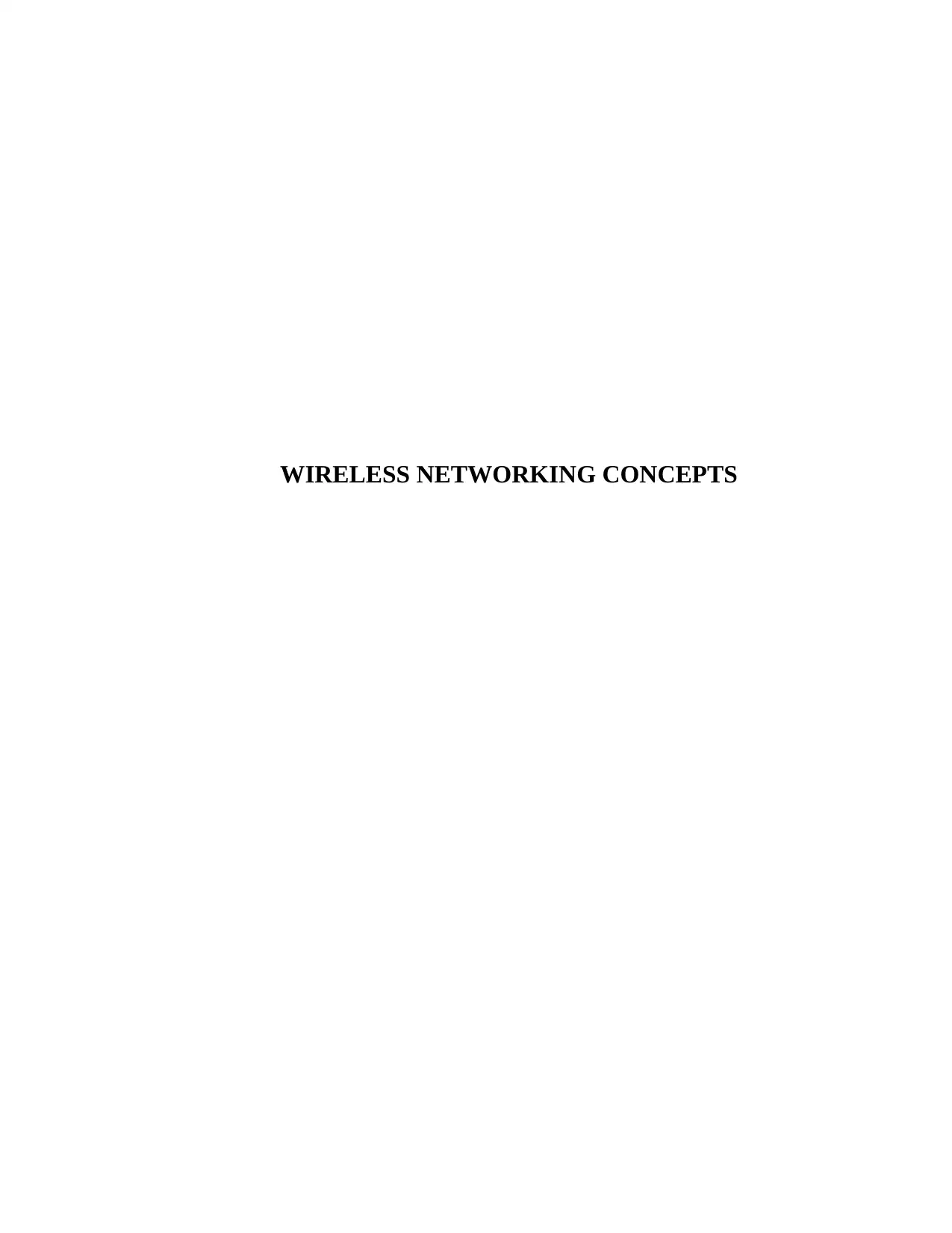
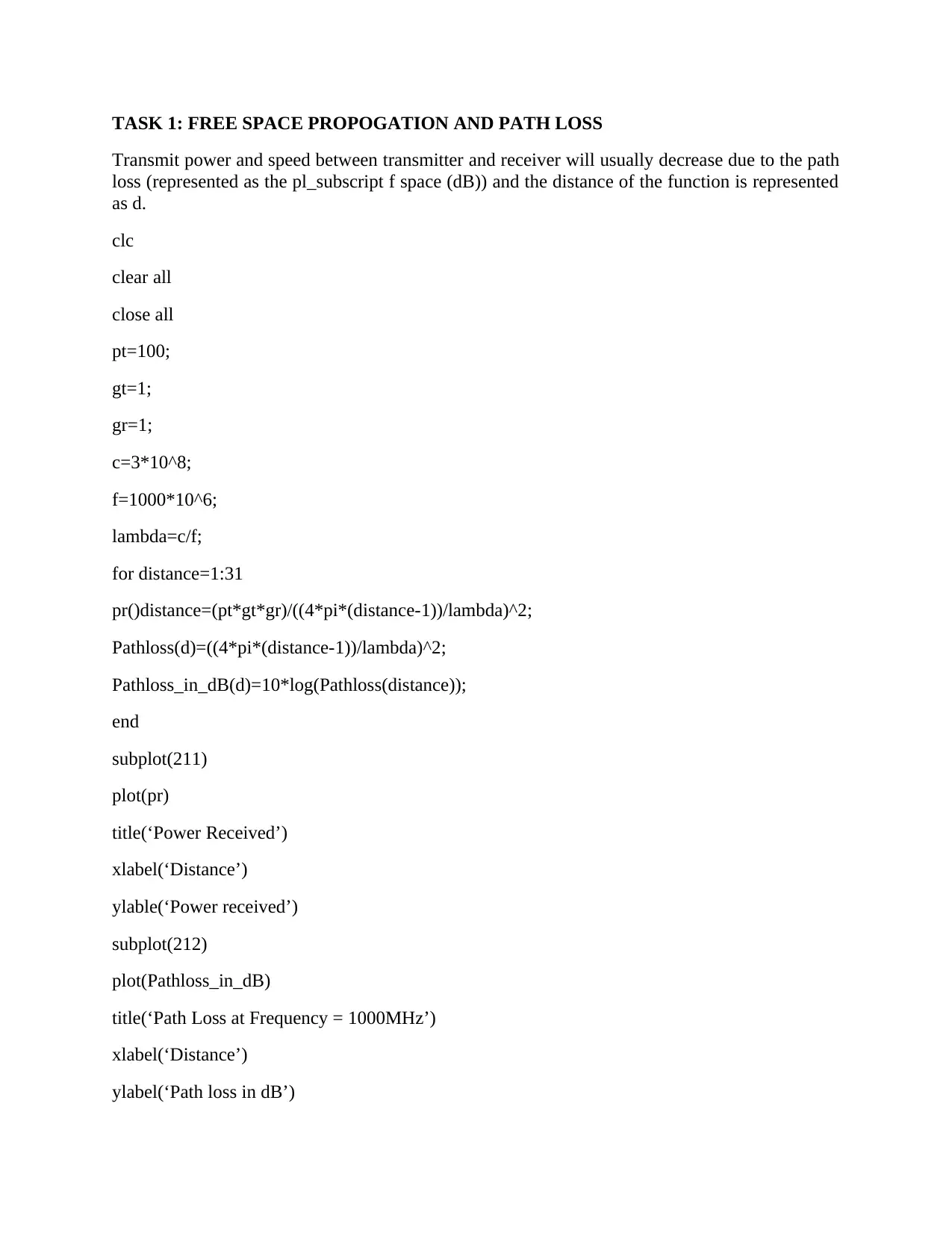
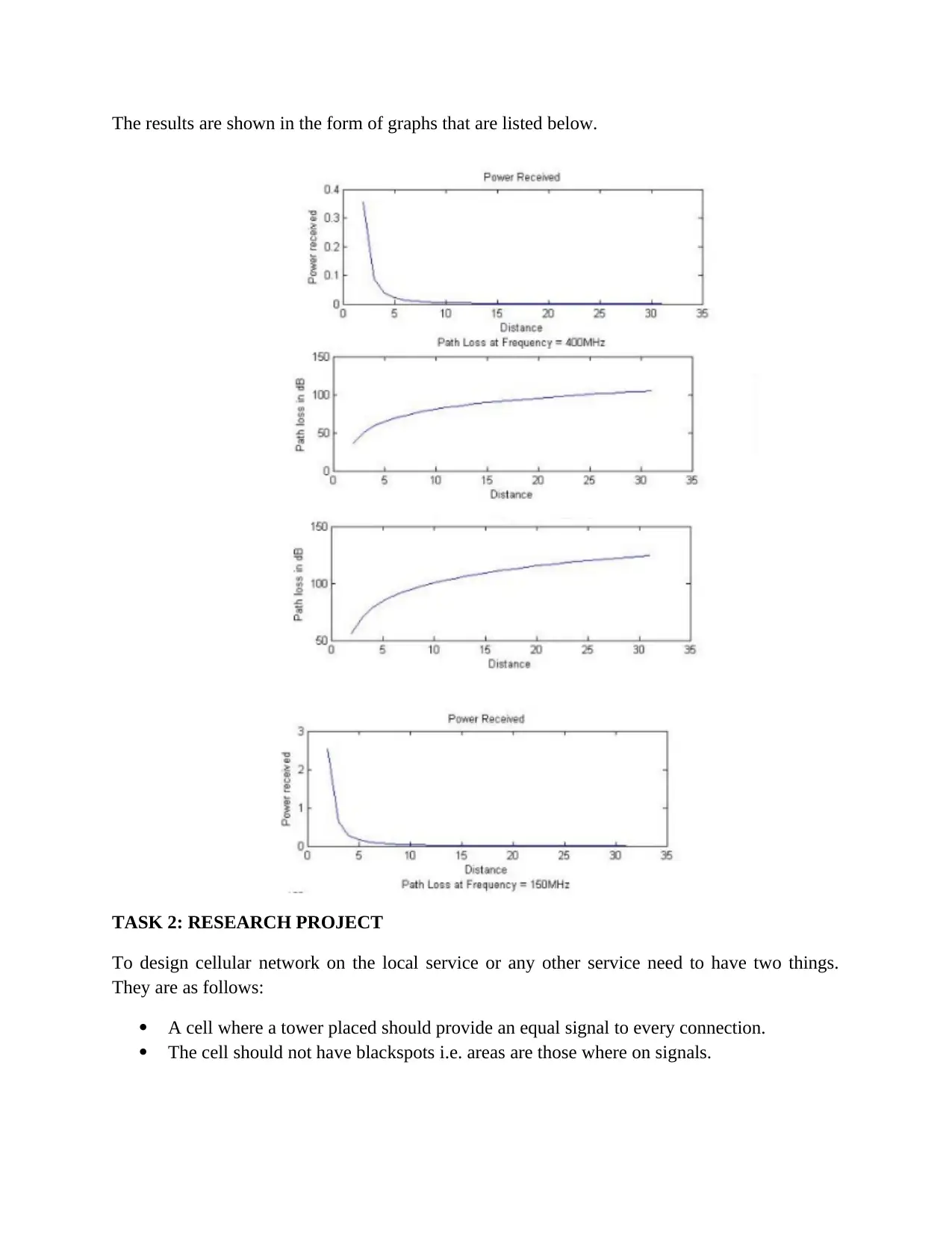

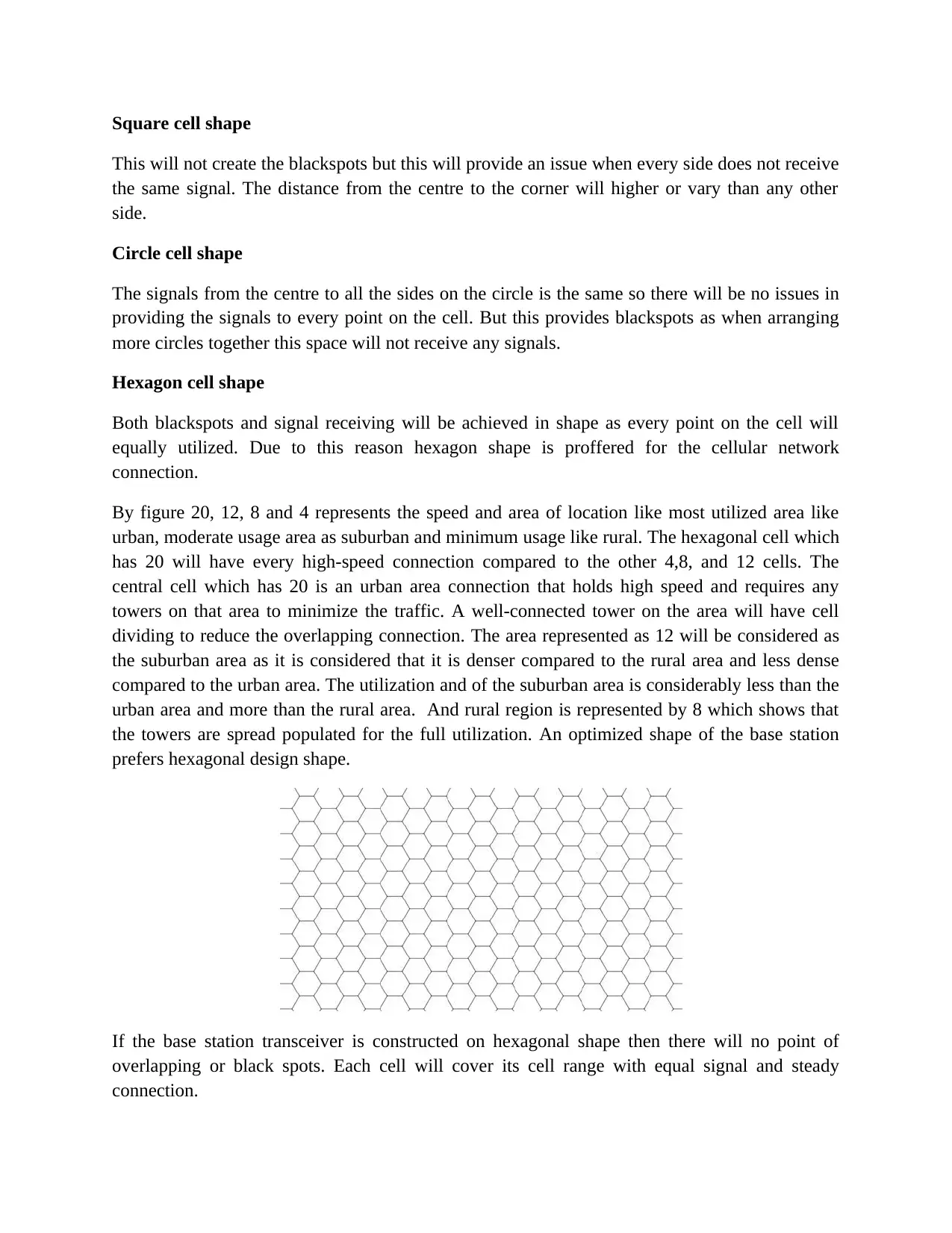
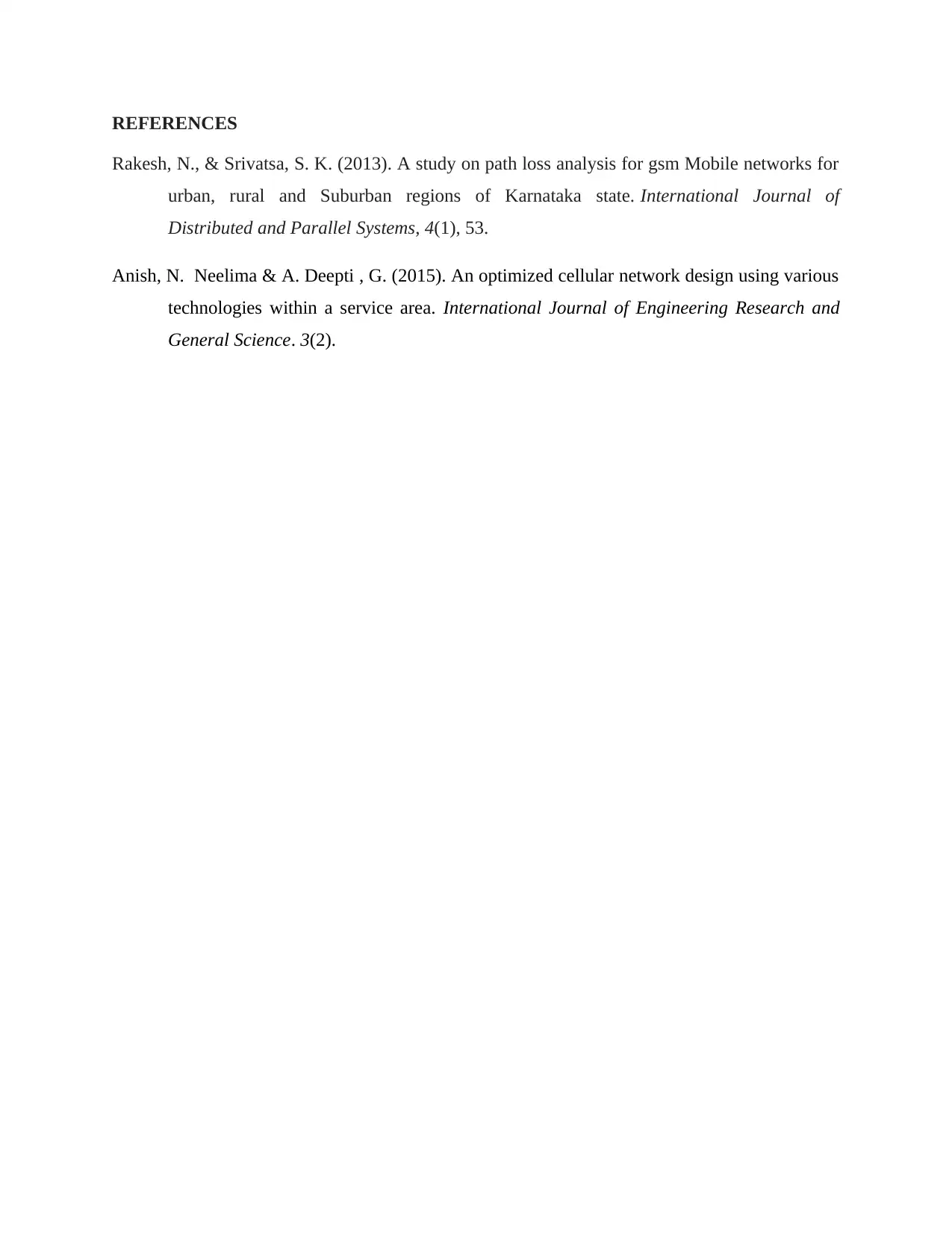




![[object Object]](/_next/static/media/star-bottom.7253800d.svg)